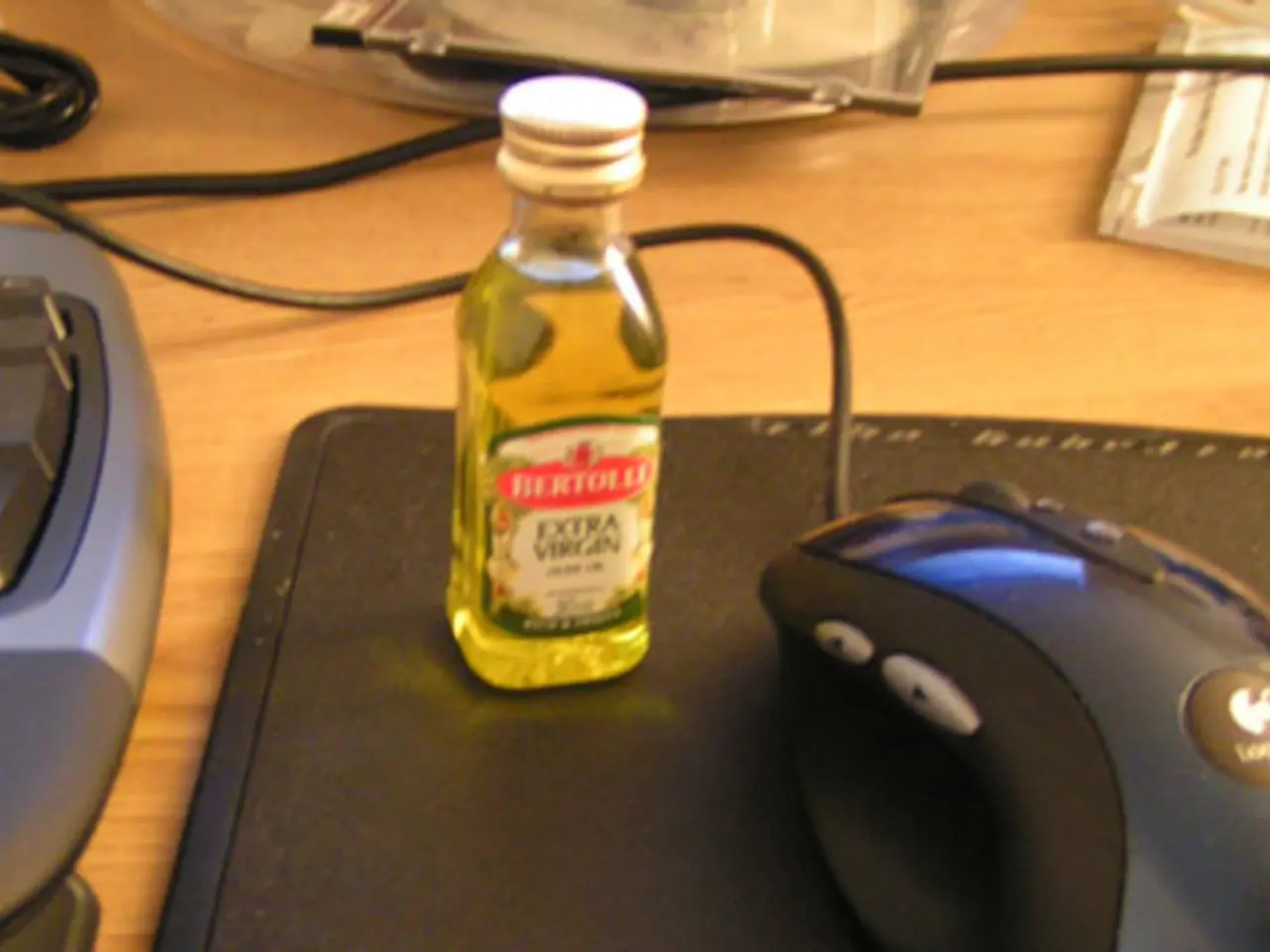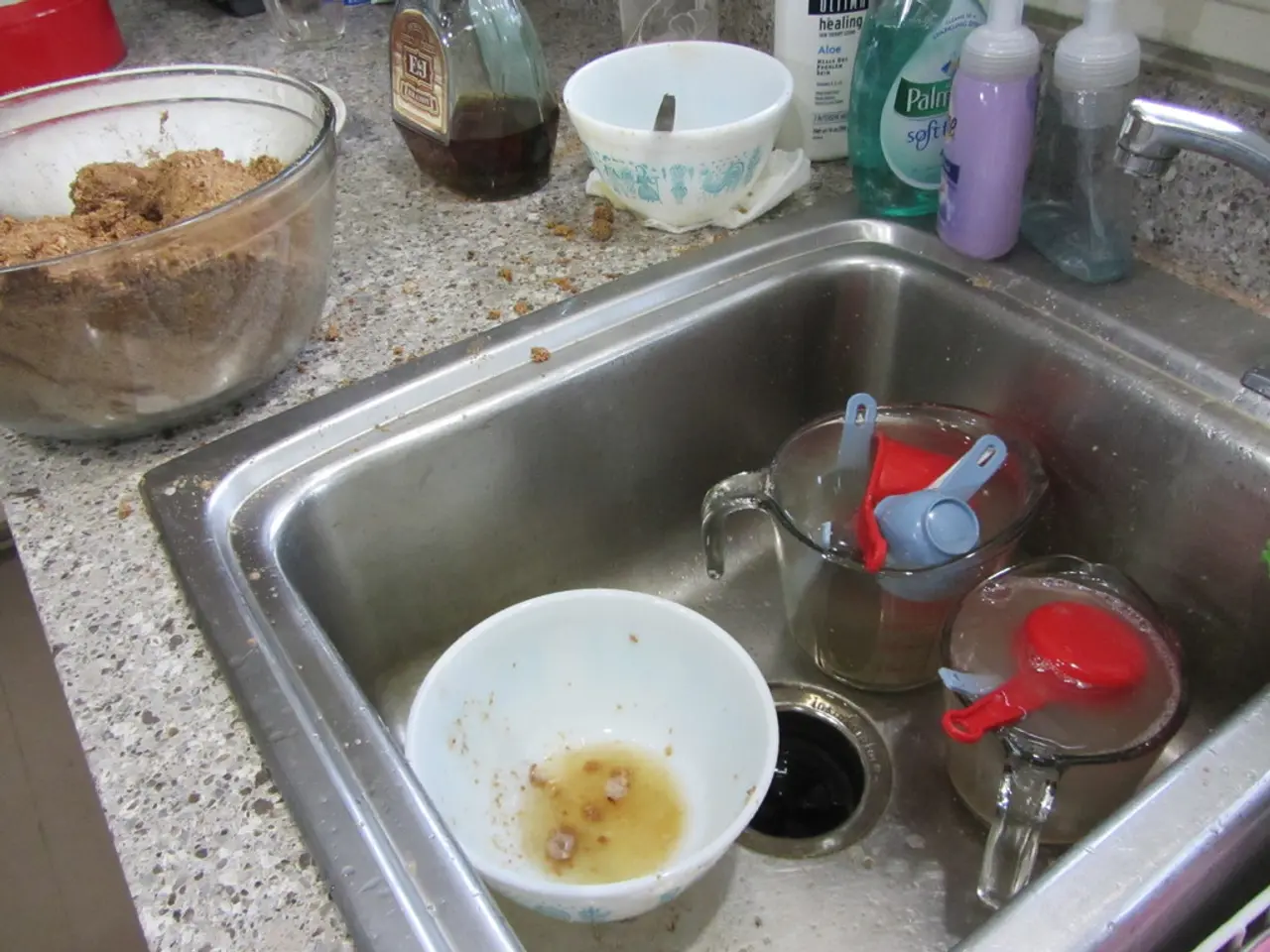Exploring the Neurophysiological Basis of Clonus: An Examination of Its Functions
Clonus, a neurological condition characterised by involuntary, rhythmic muscle contractions, can often be seen in the ankle or wrist. This condition is typically associated with several underlying conditions, as detailed below.
Upper Motor Neuron Disorders, such as stroke, multiple sclerosis, or spinal cord injuries, can lead to clonus. These disorders disrupt the normal inhibitory control over motor neurons, causing hyperreflexia and muscle spasms [1]. Cerebellar Dysfunction, due to diseases affecting the cerebellum like cerebellar ataxia, can cause clonus due to impaired motor control [1].
Neurodegenerative diseases, such as amyotrophic lateral sclerosis (ALS) and other neurodegenerative diseases, can also lead to clonus because they affect both upper and lower motor neurons, disrupting normal neuromuscular function [3]. Hypocalcemia, low calcium levels, can cause neuromuscular excitability, leading to clonus [1]. Anxiety and stress can sometimes manifest as clonus, particularly if it is associated with tremors or other movement disorders [3].
Assistive devices and orthotic devices like braces, splints, and ankle-foot orthoses (AFOs) can provide support, stabilisation, and better alignment of weakened muscles and joints to reduce clonus occurrence [4]. Customised physical exercises are crucial in preserving and improving muscle strength, endurance, flexibility, and coordination to optimize motor control and reduce spasticity and clonic movements [5].
Functional electrical stimulation (FES) can stimulate nerves and activate specific muscles with electrical currents to modulate muscle activities, reduce clonic spasms, and improve motor function [6]. Muscle relaxants (e.g., baclofen or tizanidine) and antispasmodic drugs (e.g., diazepam or dantrolene) can be prescribed to target and reduce muscle hyperexcitability, thus helping to alleviate and control clonus occurrence [7].
In severe cases, an intrathecal baclofen pump can be applied to manage muscle tone and alleviate clonus through direct baclofen delivery into the spinal fluid [8]. Botulism toxin can be locally injected, temporarily paralysing the affected muscle(s), as it cannot contract involuntarily, thus relieving muscle hyperactivity, spasticity, and the development of clonus [9].
A thorough medical history review and a number of medical tests are usually required to diagnose and assess clonus and identify its underlying cause [10]. Occupational therapists can provide strategies, such as daily task modifications and ergonomic adjustments, to enhance function and adapt activities upon clonus management [2]. Adaptive utensils, mobility aids, and environmental modifications can further aid motor deficits, thus minimising the daily impact brought by clonus and improving mobility.
References: [1] Kumar, V., Abbas, A.K., Aster, J.C., Fauci, A.S., Braunwald, E. (2019). Robbins and Cotran Pathologic Basis of Disease (9th ed.). Elsevier. [2] American Occupational Therapy Association. (2014). Occupational Therapy Practice Framework: Domain and Process. American Journal of Occupational Therapy, 68(Suppl. 1), S1-S48. [3] Marsden, C.D., Booth, M.L., Jankovic, J. (2005). Movement Disorders: Neurological Basis and Symptoms. Oxford University Press. [4] Sinkjaer, T., Bjerrum, P. (2011). Orthoses for the treatment of spasticity in children with cerebral palsy: a systematic review. British Journal of Sports Medicine, 45(11), 1004-1012. [5] Marsden, C.D., Wade, D.T. (2000). Treatment of spasticity in cerebral palsy. Lancet, 356(9238), 1281-1286. [6] Ross, R.A., Ross, R.K. (2000). Functional electrical stimulation: an update. Journal of Rehabilitation Research & Development, 37(5), 591-606. [7] Jankovic, J., Stojanovic, T. (2005). Movement Disorders in Clinical Practice: From Diagnosis to Treatment. Oxford University Press. [8] Burchiel, K.J., Hutchinson, P.J., Jenkins, J.B., Jusko, W.J., Kaufman, J.L., Krauss, D.I., et al. (2001). Practice parameter: intrathecal baclofen therapy for spasticity associated with spinal cord injury (an evidence-based review): report of the Quality Standards Subcommittee of the American Academy of Neurology. Neurology, 57(12), 1814-1820. [9] Jankovic, J., Tolosa, E., Lang, A.E. (2004). Movement Disorders in Clinical Practice: From Diagnosis to Treatment. Oxford University Press. [10] Marsden, C.D., Jankovic, J. (2005). Movement Disorders: Neurological Basis and Symptoms. Oxford University Press.
- In addition to neurological conditions like Clonus, chronic diseases such as Upper Motor Neuron Disorders, Cerebellar Dysfunction, neurodegenerative diseases, and Hypocalcemia can also cause the condition.
- Medical-conditions like Anxiety and stress can sometimes present as Clonus, especially when accompanied by tremors or other movement disorders.
- Health-and-wellness interventions like assistive devices, orthotic devices, and customized physical exercises can help reduce the occurrence of Clonus by providing support, stabilization, and improving motor control.
- When Clonic movements are severe, health-care professionals may consider prescription medication such as muscle relaxants and antispasmodic drugs, or more invasive treatments like an intrathecal baclofen pump or Botulism toxin injections for effective management.




